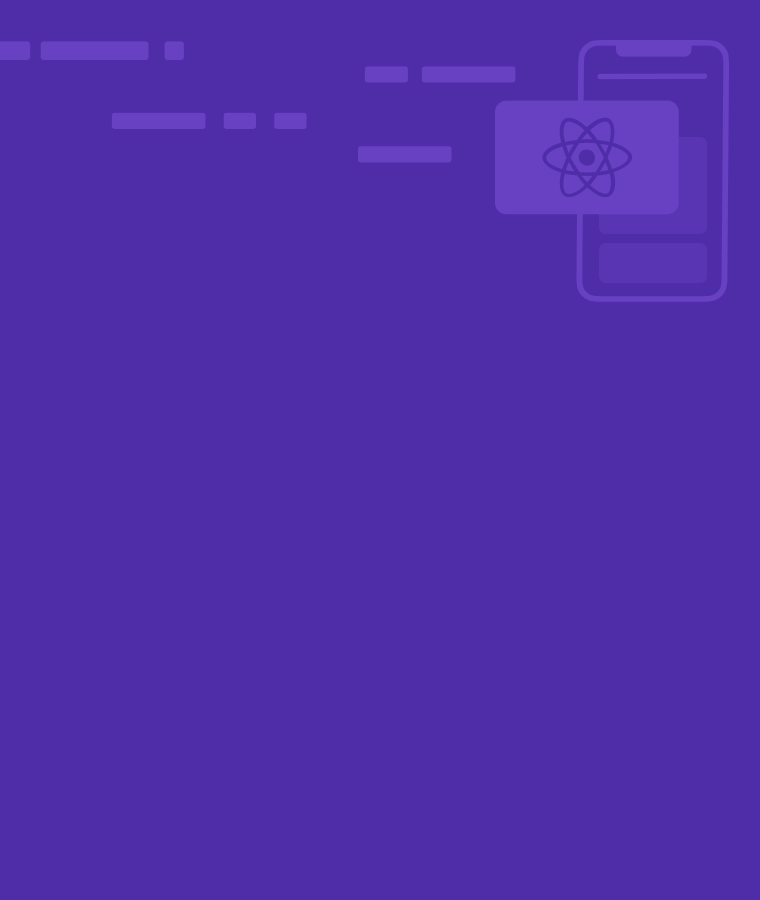
How to use Python if you work in Marketing
Are you tired of dealing with tedious manual tasks, like cleaning data or creating reports? Do you want to get more insights from your data and make better-informed decisions? If so, you’re in luck because Python can help!
Now, you may be thinking, “Python? Isn’t that a type of snake?” Well, yes, it is. But in this case, we’re talking about a different type of Python, one that doesn’t bite (unless you forget to close your parentheses).
Python is a powerful programming language that can help you automate tasks, analyze data, and create predictive models. It may sound scary if you’re not a coder or a tech-savvy person, but don’t worry! Python can be a valuable tool for anyone in marketing, regardless of your technical background.
In this article, we’ll explain how Python can benefit you as a marketer, provide some everyday life examples and analogies, and give you an overview of the ways you can use Python to improve your marketing efforts. Let’s dive in!
Getting started with Python for marketing
Now that you have a basic understanding of Python, it’s time to get started with Python for marketing. Don’t worry, you don’t need to be a coding wizard to use Python in your marketing work. In fact, Python is a user-friendly programming language that can be easily learned by anyone, regardless of their technical background.
A. Learning the basics of Python
Before diving into Python for marketing, it’s important to learn the basics of the language. Python is a high-level programming language, which means it is easy to read and write. It has a simple syntax and is designed to be user-friendly, even for non-programmers.
If you’re new to programming, a great place to start is the Introduction to Python course offered by Sololearn. This course covers the basics of Python programming, including variables, data types, operators, and functions. It’s a great way to get started with Python, and it’s free!
We understand that recommending our own course may not seem impartial, but we have seen the success that our students have achieved after taking this course. We believe it’s the perfect starting point for anyone who is new to programming and wants to learn Python.
B. Installing Python
Once you’ve completed the Introduction to Python course, the next step is to install Python on your computer. Python is available for free on the Python website, and there are many versions of Python to choose from. We recommend downloading the latest version of Python 3, as it has many new features and improvements over previous versions.
C. Setting up a development environment
After installing Python, you’ll need to set up a development environment. A development environment is simply a text editor or an integrated development environment (IDE) that allows you to write and run Python code. There are many different options available, but we recommend using a simple text editor like Sublime Text or Atom to start.
If you’re not ready to set up a development environment on your computer just yet, you can always use an online Python code playground like Sololearn’s Python online compiler. This will allow you to write and run Python code right in your web browser without having to install anything on your computer. It’s a great way to practice and experiment with Python code, and you can try as many times as you want without worrying about messing up your computer’s environment.
In the next section, we’ll cover some basic Python syntax and concepts to help you get started with Python for marketing.
Using Python to analyze marketing related data
Python is a powerful tool for data analysis, and as a marketer, you can use it to gain valuable insights into your customers and target audience. Here are some ways that you can use Python for data analysis in your marketing efforts:
Importing and exporting data
Before you can analyze your data with Python, you need to get it into the right format. Python can read and write many different file types, including Excel spreadsheets, CSV files, and SQL databases. You can use Python libraries like Pandas to easily import and export data in these formats.
Cleaning and preparing data
Data is often messy and inconsistent, with missing values, duplicates, and other issues that can make analysis difficult. Python can help you clean and prepare your data for analysis by automating tasks like removing duplicates, filling in missing values, and transforming data into the right format.
Analyzing and visualizing data
Once your data is clean and prepared, you can use Python to analyze it and gain insights into your target audience. Python has many powerful libraries for data analysis and visualization, including Matplotlib, Seaborn, and Plotly. With these libraries, you can create charts, graphs, and other visualizations that make it easy to understand your data.
Building predictive models
Python also has many powerful libraries for building predictive models, such as scikit-learn and TensorFlow. With these libraries, you can create machine learning models that can help you predict customer behavior, identify trends, and make data-driven decisions.
By using Python for data analysis, you can gain a deeper understanding of your customers and target audience, and make better marketing decisions based on data.
Here are some questions to ask yourself as a marketer:
- How can I use Python to analyze my customer data?
- What insights can I gain from analyzing my data with Python?
- How can I use predictive modeling to improve my marketing efforts?
Automating marketing tasks with Python
As a marketer, you know how important it is to streamline your workflows and save time wherever you can. With Python, you can automate a variety of marketing tasks that would otherwise be time-consuming and tedious.
Web scraping for market research
Web scraping is the process of extracting data from websites. This can be incredibly useful for market research purposes, allowing you to gather data on competitors, industry trends, and customer behavior. With Python, you can write scripts to scrape websites and extract the data you need.
For example, let’s say you want to analyze customer reviews for your product. You could use Python to scrape review sites like Amazon and extract the reviews, ratings, and other relevant data. Then, you could use this data to identify common pain points and areas for improvement.
Creating automated reports and dashboards
Reporting is a crucial part of any marketing campaign, but creating reports manually can be time-consuming and error-prone. With Python, you can automate the process of generating reports and dashboards.
For example, you could use Python to extract data from your CRM or Google Analytics account and automatically generate a weekly report on key metrics like website traffic, leads, and conversions. This would save you time and ensure that your reports are always accurate and up-to-date.
Automating social media posting
Maintaining an active presence on social media is essential for any modern marketer, but it can also be a significant time commitment. With Python, you can automate the process of creating and scheduling social media posts.
For example, you could use Python to write a script that automatically posts your latest blog articles to your social media accounts at regular intervals. This would help you stay active on social media without having to spend time manually creating and scheduling posts.
Building chatbots for customer service
Chatbots are becoming increasingly popular in the marketing world, allowing businesses to provide 24/7 customer service without the need for human operators. With Python, you can build your chatbot from scratch, customizing it to your specific needs.
For example, you could use Python to build a chatbot that answers common customer questions about your products or services. This would help you provide better customer service while reducing the workload on your human support staff.
By automating these tasks, you can free up your time to focus on more strategic marketing initiatives, such as developing new campaigns and building relationships with your customers.
Resources for learning Python for marketing
Learning Python can be an exciting and rewarding experience, but it can also be overwhelming if you don’t know where to start. In this section, we’ll provide some useful resources that can help you learn Python for marketing.
Online courses and tutorials
There are many online courses and tutorials available that can teach you Python from scratch. One popular platform for learning Python is Sololearn, which offers a comprehensive Introduction to Python course for beginners. This course covers basic Python syntax and concepts, and also provides hands-on coding exercises to help you apply what you’ve learned. Once you’ve completed the introduction to Python course, you can move on to Sololearn’s Intermediate Python course, which covers more advanced topics
Books and blogs
If you prefer to learn from books or blogs, there are plenty of resources available as well. “Python for Data Analysis” by Wes McKinney is a popular book that teaches Python specifically for data analysis tasks, and “Python Crash Course” by Eric Matthes is a beginner-friendly book that covers basic Python concepts and also provides practical examples of how Python can be used in real-world scenarios. In addition, there are many blogs and online communities dedicated to Python and data analysis, such as Python.org, Datacamp, and Kaggle.
Online communities and forums
Learning Python is a continuous process, and it can be helpful to have a community of like-minded individuals to turn to when you have questions or need advice. One great online community for Python learners is the Sololearn community, which has a vibrant community of students from all over the world. The community is a great place to ask questions, share resources, and connect with other Python learners. Other online communities for Python learners include Reddit’s r/learnpython community and the Python Discord server.
By using these resources, you can gain a strong foundation in Python and start using it to improve your marketing strategies. Remember, learning Python is a continuous process, and the more you practice, the better you’ll become. Don’t be afraid to ask questions, experiment, and have fun with it!


